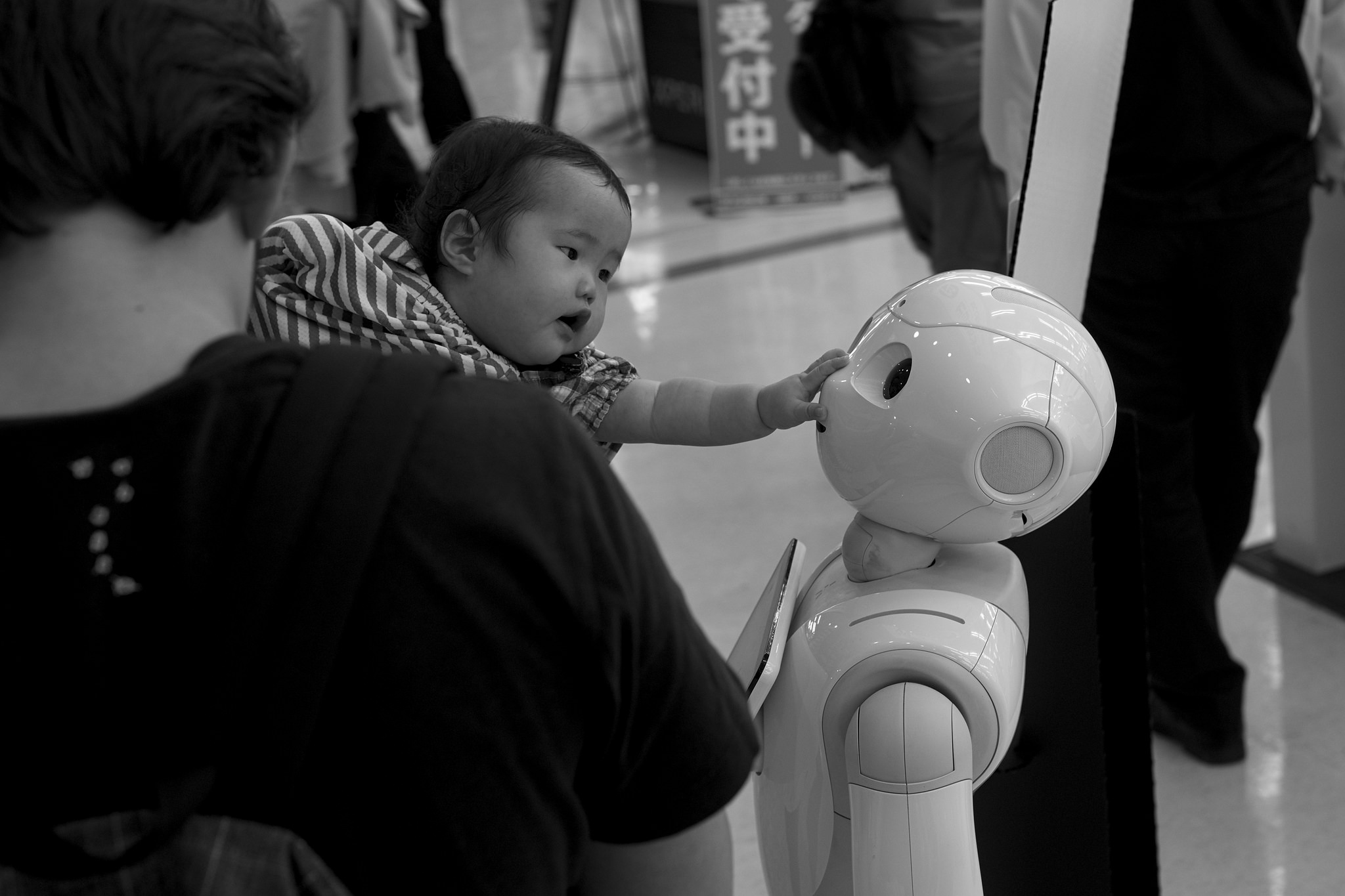The sales figures for industrial robots are rising. According to the new World Robotics Report, annual sales increased by 114 percent between 2013 and 2017. In 2017 alone, more than 381,000 factory robots were sold for a total of $ 16.2 billion. By contrast, the market for household robots is slightly weaker: The turnover for 2018 in this industry, according to Juniper Research at about $ 6 billion. However, a large part of this goes back to vacuum cleaner robots.
Industrial robots dominate the market, especially in the automotive industry. This industry’s share of sales has been just over a quarter for years. There is a strong upswing in the electronics industry. The companies bought only 46,000 robots in 2014, then in 2016 they are open to the auto industry and installed 91,000 sheet metal colleagues. Picking robots in warehouse logistics are also booming.
Robotics is also interesting for startups
The increasing market importance of robots has brought many startups to the scene. CBInsights analysts have identified more than 80 major startups producing robots for the manufacturing, household, and hospital sectors. The importance of this segment is also reflected in the explosion of risk capital: in 2018, more than 250 rounds of financing totaling more than $ 3 billion were signed. Half of the VC financing (accumulated since 2013) occurred in the US (52%), but China follows directly in second place with a 16% share.
This multitude of startups and rounds of financing is astounding, as the robotics market was in the firm hands of market leaders Dürr, Kuka, Yaskawa, Fanuc, ABB, and Misubishi until a few years ago. But seemingly tight markets are a starting point for disruptive companies. Most of the startups are less interested in dinosaurs in industrial production, but so-called “collaborative robots” (Cobots) that work with people. They have a dynamic, sensor-upgraded arm so they can respond flexibly to the presence of humans.
Seeing and grasping are still problem areas
A field for new developments is Computer Vision. Because Cobots have to learn to see in order to work with people. For example, startup Vicarious is developing a deep-learning image recognition system that will allow robots to reliably detect objects. In line with this, Kindred works on a robot arm equipped with optical sensors, which can handle and place objects in unstructured environments.
Touching is a big problem for robotic arms because they are too strong for the human world. This is quite a big obstacle when robots need to handle, for example, food (such as the proverbial raw eggs) or delicate, lightly packaged goods in logistics. An important technology for gripping tools with the necessary sensitivity is the so-called electro-adhesion, as used by Grabit. It is based on the fact that electrostatically charged objects cling together in certain circumstances.

